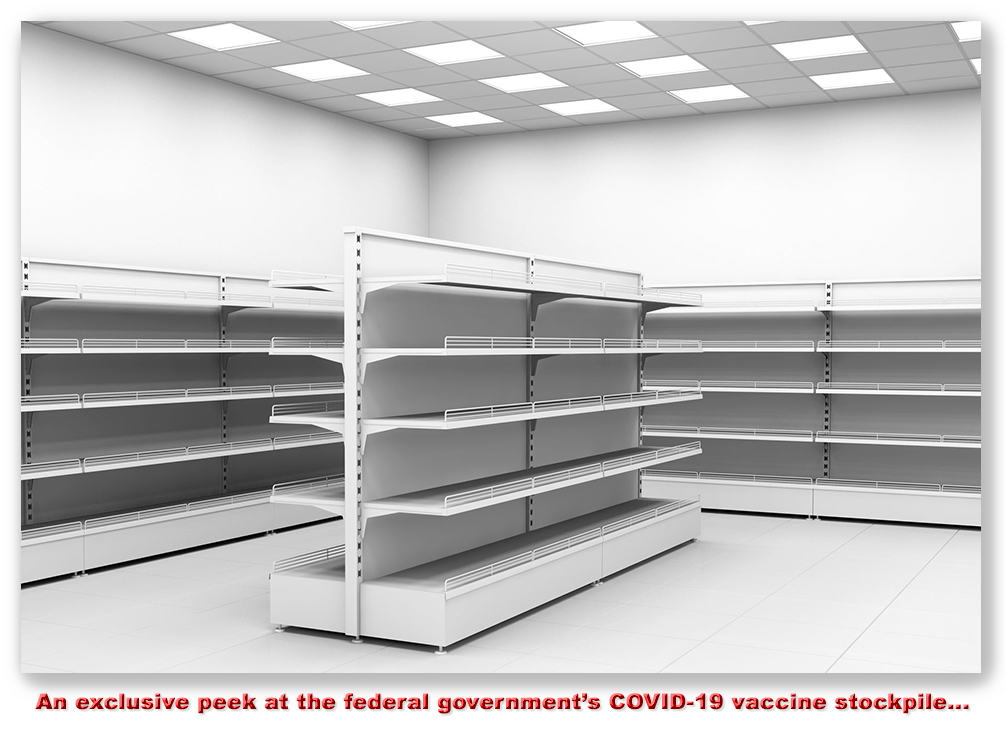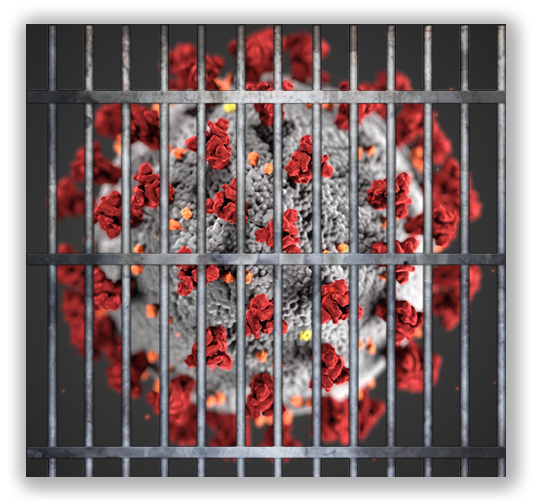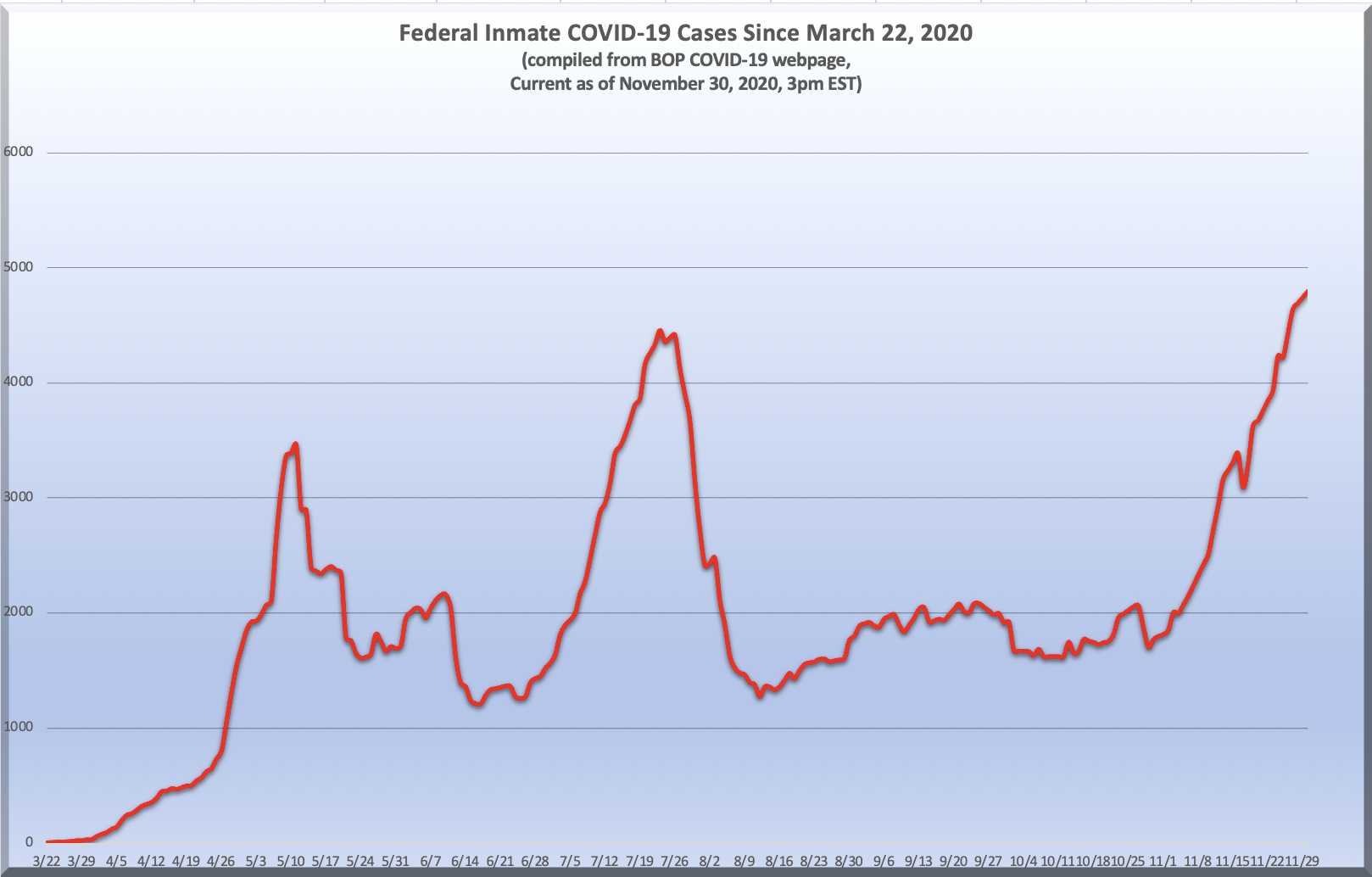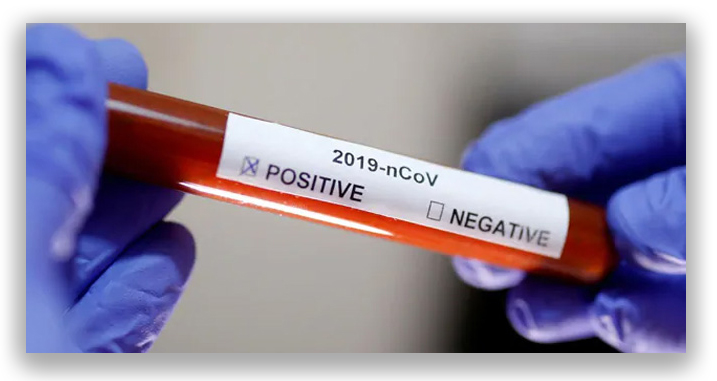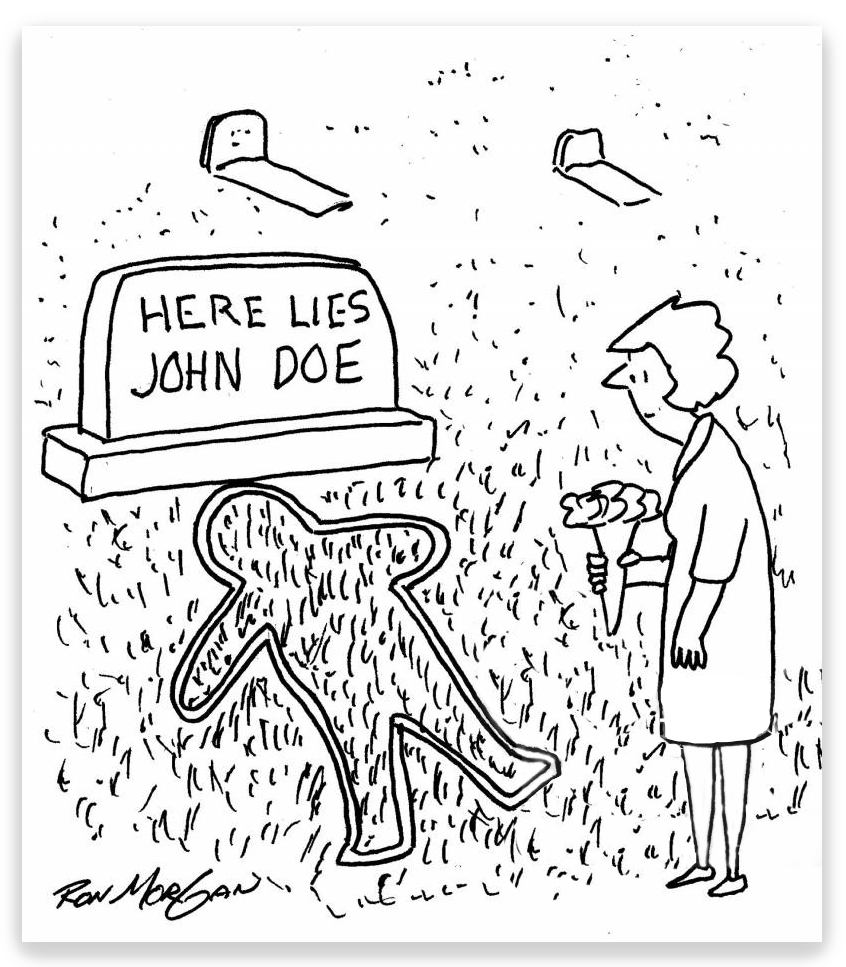We post news and comment on federal criminal justice issues, focused primarily on trial and post-conviction matters, legislative initiatives, and sentencing issues.

INMATES NO PRIORITY FOR VACCINE, ADVISORY PANEL RECOMMENDS
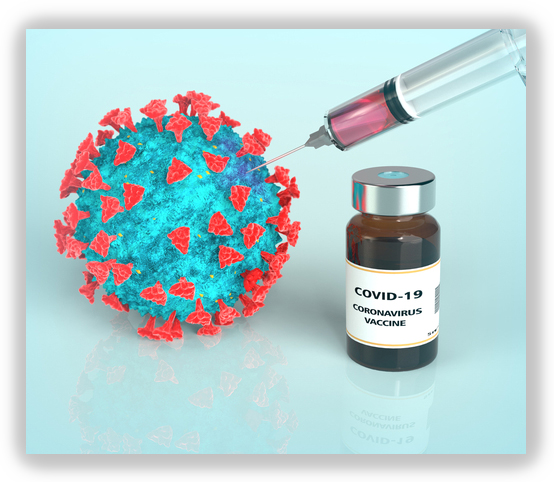 The Federal Bureau of Prisons received its first shipment of COVID-19 vaccines last Wednesday, and began administering the drug to its correctional officers and health care staffers. The agency said inmates will follow “when additional doses are available.”
The Federal Bureau of Prisons received its first shipment of COVID-19 vaccines last Wednesday, and began administering the drug to its correctional officers and health care staffers. The agency said inmates will follow “when additional doses are available.”
And that’s not going to be anytime soon. Earlier this month, the Advisory Committee on Immunization Practices said health care workers and nursing home residents — about 24 million people — should be at the very front of the line for the vaccines. Sunday afternoon, the panel voted 13-1 that next in line should be people 75 and older, who number about 20 million, as well as certain front-line workers, who total about 30 million. Those essential workers include firefighters and police; teachers and school staff; those working in food, agricultural and manufacturing sectors; corrections workers; U.S. Postal Service employees; public transit workers; and grocery store workers.
The committee also voted that behind those groups should be people aged 65 to 74, numbering about 30 million; those aged 16 to 64 with certain medical conditions such as obesity and cancer, that are at higher risk if they get infected with COVID-19, numbering as many as 110 million; and a tier of other essential workers. This group of as many as 57 million includes a wide category of food service and utility workers but also those in legal and financial jobs and the media.
How about vaccine for inmates? The BOP told CBS last week that it is up to Operations Warp Speed to decide when inmates will receive the vaccine. CBS reported, however, that a spokesperson for Operation Warp Speed said the BOP would decide about the timeline.
The National Commission on Covid-19 and Criminal Justice last week recommended that inmates receive priority consideration for Covid-19 vaccines equal to that for police and correctional officers. That recommendation, however, appears to be one of many rejected by the Advisory Committee.
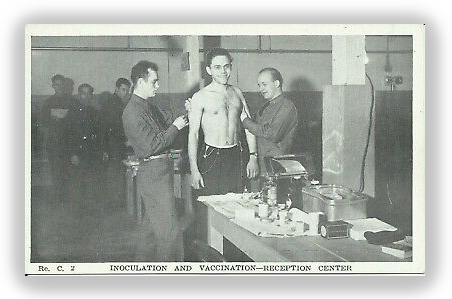 And yet… I received several inmate emails last week (and this is totally unconfirmed) that a handful of BOP inmates at two facilities received vaccine last week. The emails gave no indication of how the inmates were selected for the vaccine. One – from a Texas BOP facility written two days ago – said
And yet… I received several inmate emails last week (and this is totally unconfirmed) that a handful of BOP inmates at two facilities received vaccine last week. The emails gave no indication of how the inmates were selected for the vaccine. One – from a Texas BOP facility written two days ago – said
well the good news and vibes ran out on the [institution] compound. we ran out of vaccines before we completed even one building. of course the fact that no one was planned to receive it inmate wise. what we did get is hopefully helpful. my building has about 40% done on the first dose.
Another inmate email, received early this morning, independently reported that some inmates at the same institution (“at least a couple hundred,” the report stated) received vaccine.
An inmate in a separate Texas facility reported Friday night:
I thought you’d be interested in reports that 100 inmates received their first dose of the vaccine today. Some of these are known personally to me, so I can confirm that they were sent to the clinic and given a shot. They were told that they would be called back to the clinic in 21 days for their second dose. Reportedly, all staff who wanted the vaccine have received their first dose.
One can reasonably infer from the emails that perhaps the vaccine being administered was left over after staff inoculations had been completed, and – having been thawed – had to be used within five days.
[Later note: An inmate from a North Carolina facility reported by email on Monday, December 21, that he had gotten the vaccine: “Once the staff here at the [institution] received their vaccinations if they chose, there were doses left over. Instead of letting those doses go to waste, the staff chose to offer them to some of the inmates based on their medical conditions. There were probably around 30 or so in my housing unit, including myself, that were offered the vaccine. Most of us chose to take it. I, myself, am thankful to the staff for making that decision and offering them to us and I felt that I needed to let you know that some of us are getting it.” ]
More than two dozen members of House of Representatives last Wednesday demanded details about how inmates will be vaccinated for COVID-19, questioning whether the most vulnerable prisoners will have priority access.
In a letter to BOP director Michael Carvajal and Centers for Disease Control and Prevention chief Dr. Robert Redfield, the 26 lawmakers, led by Rep. Bobby Scott (D-Virginia), wrote,
The BOP has provided informal information regarding the vaccine distribution plan. We are deeply concerned that the current plan places the most vulnerable incarcerated individuals who have a cancer diagnosis, chronic kidney disease, chronic obstructive pulmonary disease, heart conditions, compromised immune systems, sickle cell, diabetes, and individuals 65 years or older in priority level 3 behind incarcerated individuals in minimum security facilities who are in open bay housing and are currently listed in priority group 2. Incarcerated individuals with these types of medical conditions are at a high risk of complications if they contract COVID-19 as it spreads through federal prisons yet are slated to receive the vaccine after prison staffers in phase 1 and other incarcerated individuals listed in phase 2.
Despite reporting that over 1,500 inmates “recovered” from COVID-19 within just a few days of each other, the BOP still reported having 5,881 active inmate cases,1,694 sick staff, COVID in 126 BOP facilities and 180 dead inmates (up 13 in one week). The BOP has tested 62% of all inmates at least once, with the positivity rate continuing to ratchet up. As of last Friday, 36% of all inmate tests are positive for COVID.
Still, the trend apparently suggests that the latest BOP outbreak has peaked.
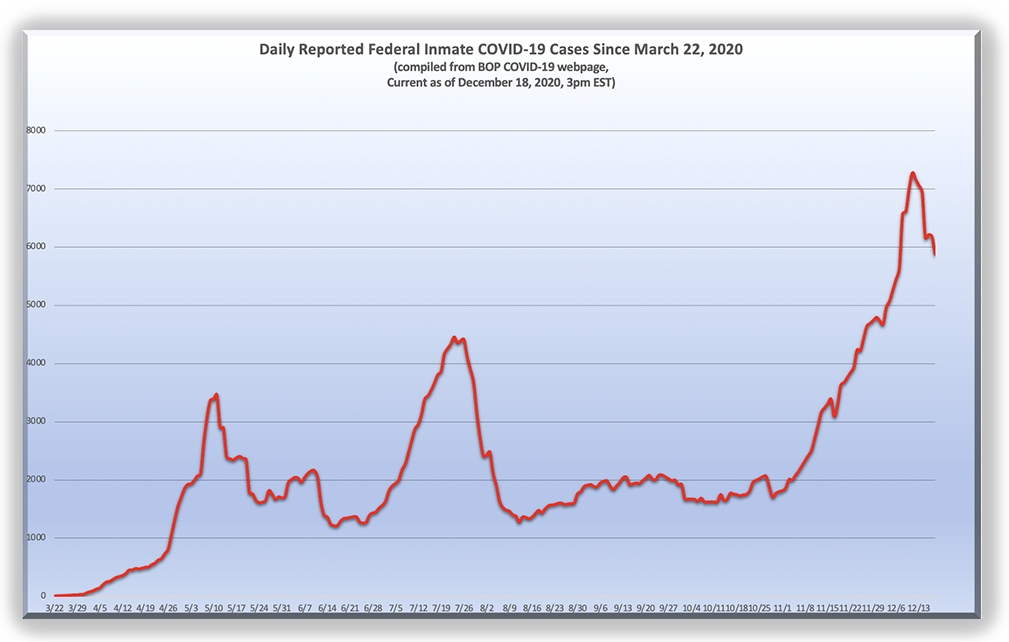
As of last Friday, Sandstone, Florence, Loretto and Pekin all reported over 200 inmate COVID-19 cases, another 12 facilities had more than 100 cases, and another 20 joints had 50 or more. Loretto had been written down from over 600 cases earlier in the week as inmates are declared to be recovered.
A cautionary note about those “recovered” inmates. Of the 13 inmates who died last week, two – a 64-year old man at FCI Victorville I and a 72-year old man at FCI Lompoc – had contracted COVID-19 months ago, and were considered “recovered” before getting much sicker and dying. In fact, the State of Michigan Dept of Health said last week that it is currently investigating 115 of “recovered” state inmates testing positive for COVID-19 three months after they were believed to be COVID-free.
New York Post, Federal prison workers to start getting vaccinated Wednesday (December 14, 2020)
Chicago Tribune, Federal panel says people over 75, essential workers should be next in line for COVID-19 vaccine as Moderna shots begin shipping out (December 20, 2020)
CBS News, Federal prisons to prioritize staffers for COVID-19 vaccine and give to inmates when more doses are available (December 18, 2020)
National Commission on Covid-19 and Criminal Justice, Experience to Action: Reshaping Criminal Justice After COVID-19 (December 14, 2020)
Letter to BOP from Rep. Robert C. Scott (D-Virginia) (December 15, 2020)
Reuters, U.S. lawmakers press prison authorities on inmate COVID-19 vaccination plans (December 16, 2020)
Detroit Free Press, State reviewing possible COVID-19 reinfections after 115 prisoners test positive twice (December 12, 2020)
– Thomas L. Root


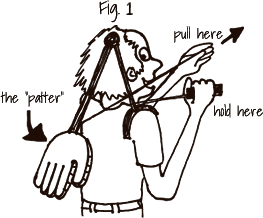 In a self-congratulatory press release issued late last week, the BOP said it has been commended by Operation Warp Speed – the Trump COVID-19 vaccine program – for having been the most efficient agency in the entire government at administering COVID vaccine. According to the CDC, the BOP has used 97% of the doses it has received.
In a self-congratulatory press release issued late last week, the BOP said it has been commended by Operation Warp Speed – the Trump COVID-19 vaccine program – for having been the most efficient agency in the entire government at administering COVID vaccine. According to the CDC, the BOP has used 97% of the doses it has received. New Jersey Senators Bob Menendez and Cory Booker and Congressman Andy Kim led members of the New Jersey congressional delegation last week in urging the DOJ Inspector General to expand his ongoing investigation into the BOP COVID-19 response to include its handling of the Fort Dix outbreak.
New Jersey Senators Bob Menendez and Cory Booker and Congressman Andy Kim led members of the New Jersey congressional delegation last week in urging the DOJ Inspector General to expand his ongoing investigation into the BOP COVID-19 response to include its handling of the Fort Dix outbreak.




